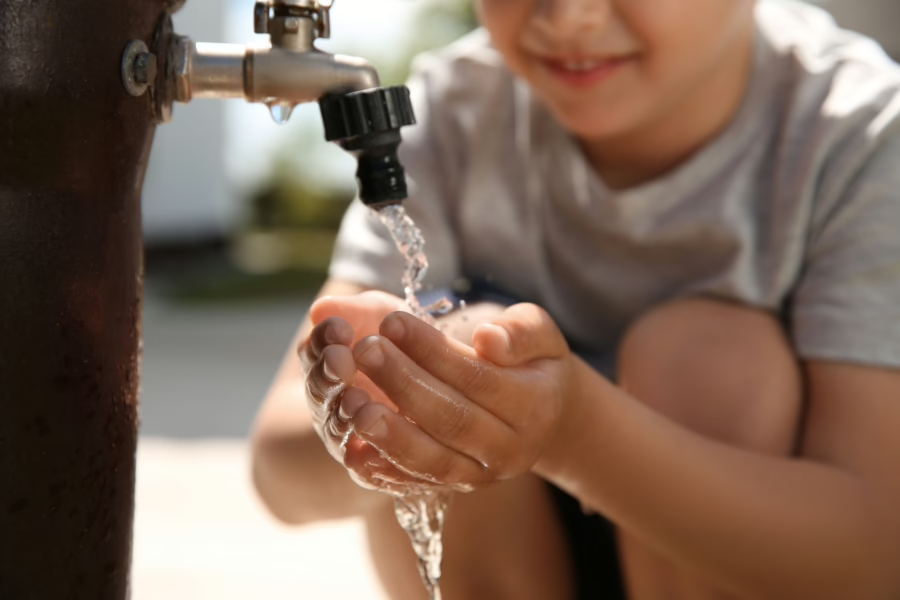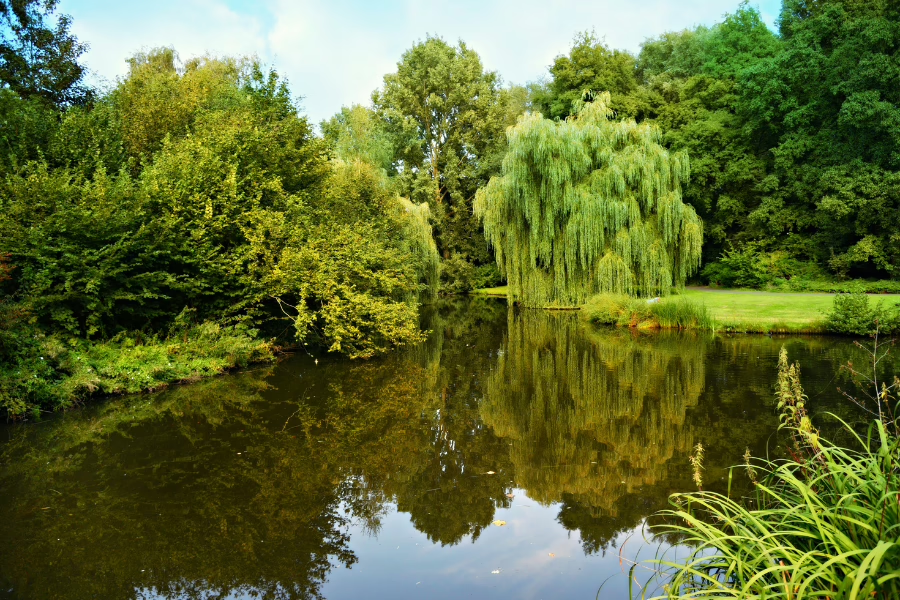Building a sustainable and equitable water future requires building a healthy, effective One Water field of practice and eventually growing the One Water field of practice into the dominant approach for water management in the United States. In 2022, members of the One Water Council put forward a framework and ran a survey to investigate the current state of One Water—and the results are in!
Nearly 60 percent of respondents characterized the One Water movement as being in either the pre-awareness or awareness phase. These phases reflect the emerging understanding of why One Water is needed, while most water management employees’ desire to participate in One Water implementation is not yet met.
What is striking about this result is that it is completely incongruous with a surprise finding: a much greater number of places reporting having or developing One Water plans than expected. Back in 2020, the Alliance predicted there would be at least 50 such places by 2023—but our survey results show there are at least 80 places across the country formalizing One Water into their approach.
What’s more, formal One Water planning isn’t the only important place-based indicator. Through this process, the Alliance created a One Water Implementation Rubric for Utilities to assess how One Water elements can be and are incorporated into utility efforts. The rubric has a scoring system that allows utilities to reflect on the degree to which each element is part of their organization’s identity and functioning. Among all the rubric elements in the State of the One Water Field Survey, we found the highest responses for practices like green infrastructure (over 50 percent of respondents), climate resilience and adaptation (over 50 percent of respondents), bill assistance programs (over 40 percent of respondents), and water efficiency and demand approaches (over 40 percent of respondents).
So how do we explain the fact that despite a much broader percolation of One Water planning and practices than expected, survey respondents believe the One Water field is still nascent and poorly understood by the mainstream water sector?
Enter people. A field of practice takes shape when people with shared identities form networks to connect, align, and produce. Yet One Water is a practice that requires both busting silos and connecting different systems. Therefore, a diverse network of people, sectors, and perspectives that can create new pathways and ways of collaborating is needed.
In part because people from more diverse backgrounds and more disciplines are aligning with the One Water approach, the concept’s boundaries and definitions are expanding and fluctuating. This creates a dynamic tension with the field’s need to adopt standards and scale but also results in practices that arise and benefit from a wide spectrum of thought.
This inaugural State of the One Water Field Survey found that in comparison to the broader water sector, the One Water field shows strong diversity—particularly at executive and senior leadership levels. For example, while women only account for 14.9 percent of the wider water workforce, 52 percent of survey respondents identified as female.
The overall survey results have clear implications for our work—even if that work will not be easy. Based on respondents’ perceptions of the field and barriers to One Water, a distinct mandate emerges to educate about the value of One Water and how it works. We must continuously seek to benefit from the diverse perspectives attracted to the movement, make connections between stakeholders across our network that can spark innovation, and integrate insights into the evolving practice of One Water.
Beneath all the data, two things are clear: first, the One Water field is stronger than we think it is, and second, the more inclusive our movement, the stronger our field will be.


